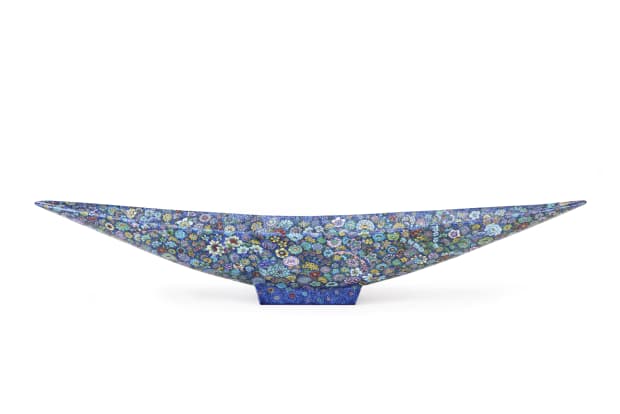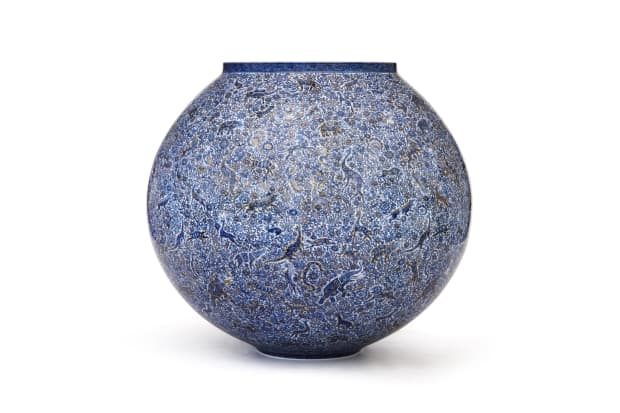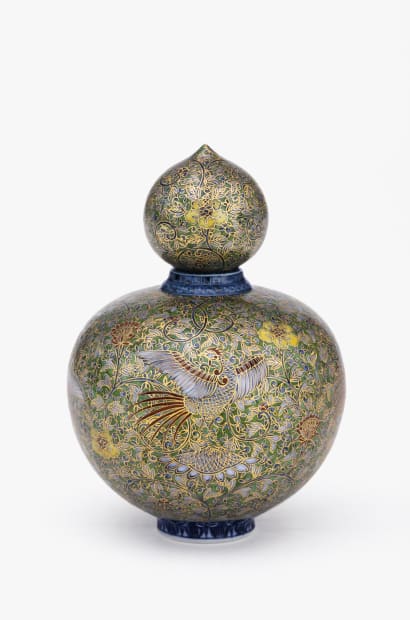-

-

-

-
-

H4 5/8 x W24 ¾ x D5 5/8 in, H11.6 x W63 x D14.2 cm
-
-

H11 6/8 x W13 ¼ in,
H29.8 x W33.5 cm -
-
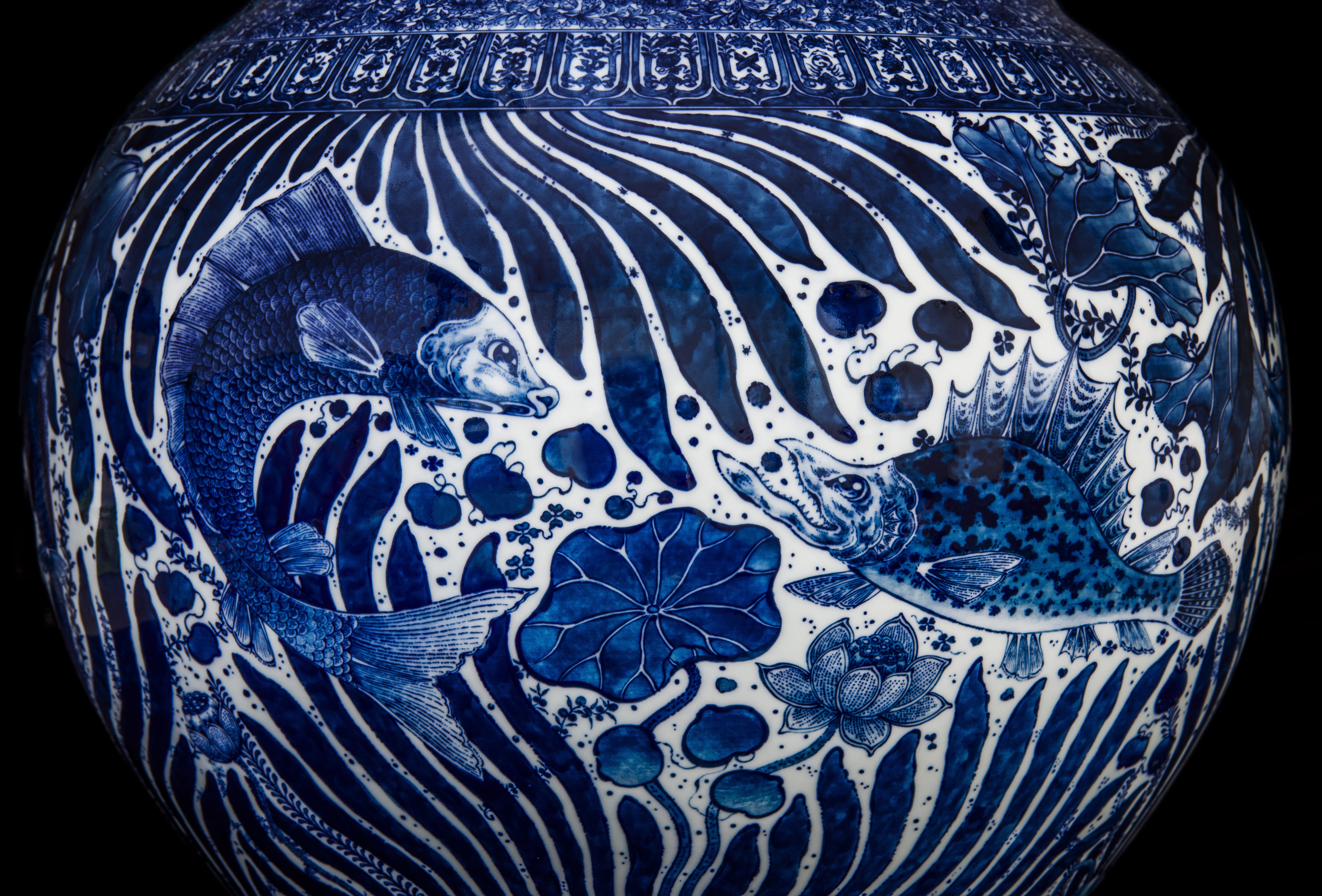
-
-
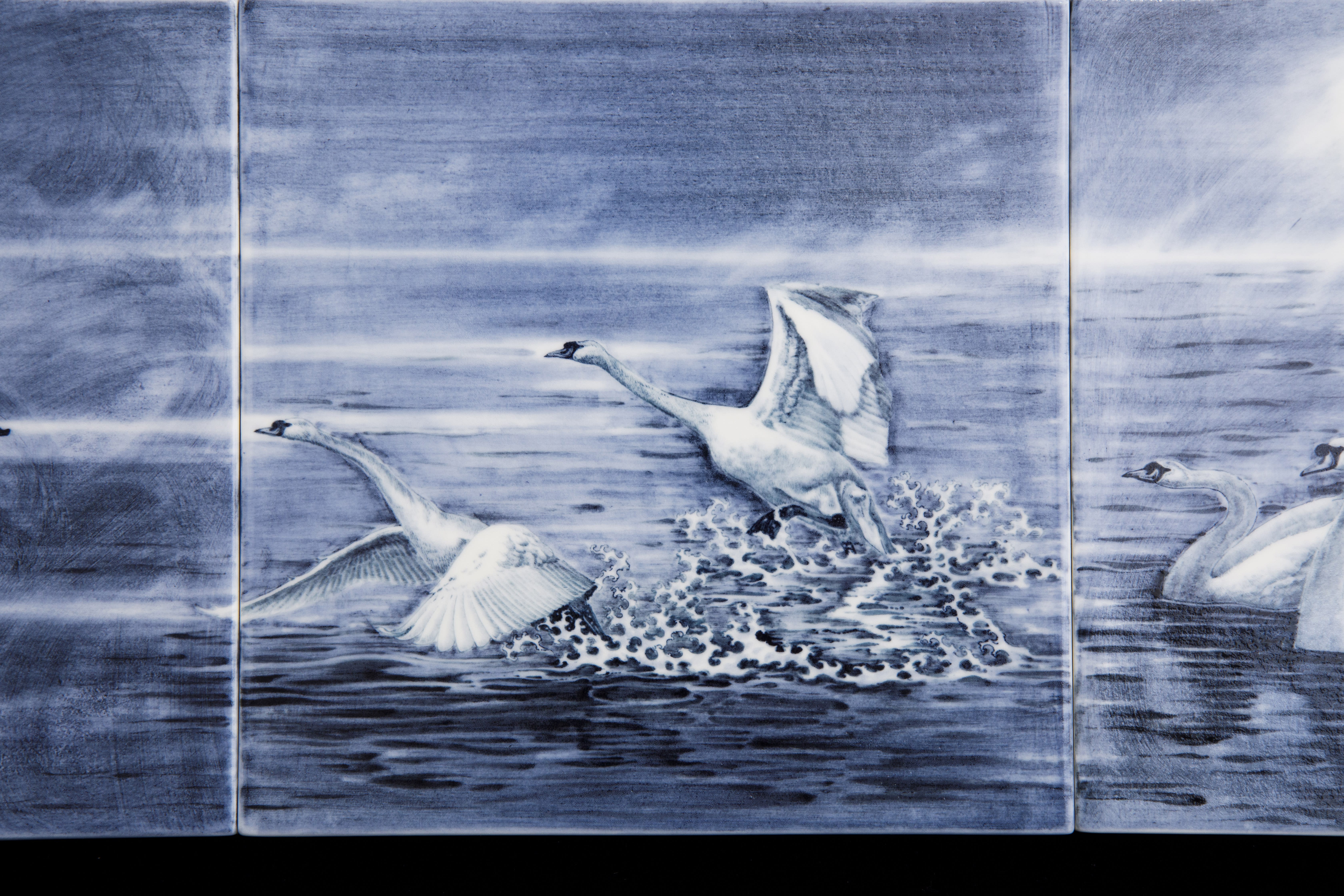
-
-
-

H4 1/4 x W3 in
H10.8 x W7.5 cm -
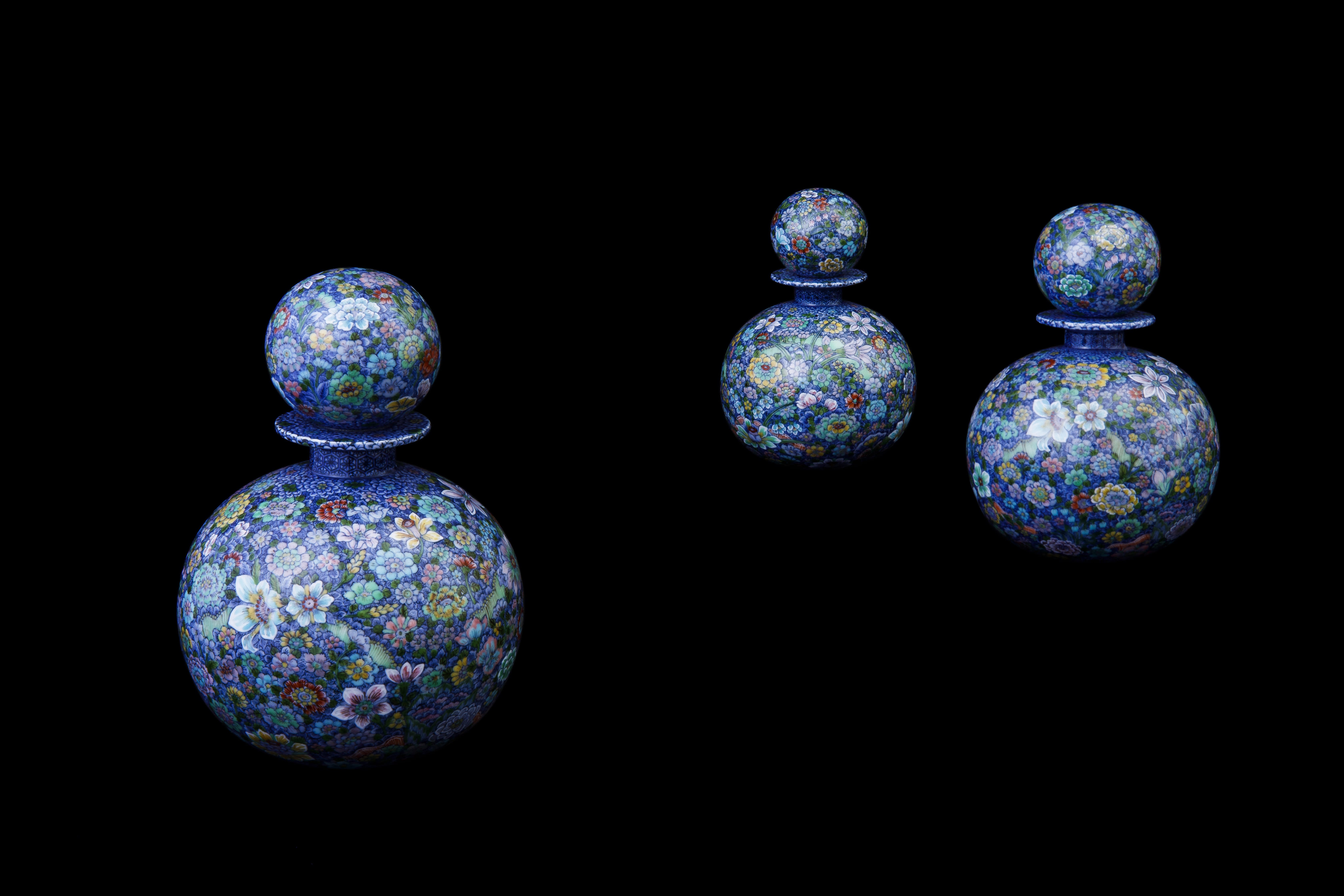
-

H6 1/2 x W3 3/8 in
H16.6 x W8.5 cm -

H4 5/8 x W3 ½ in
H11.6 x W8.8 cm -
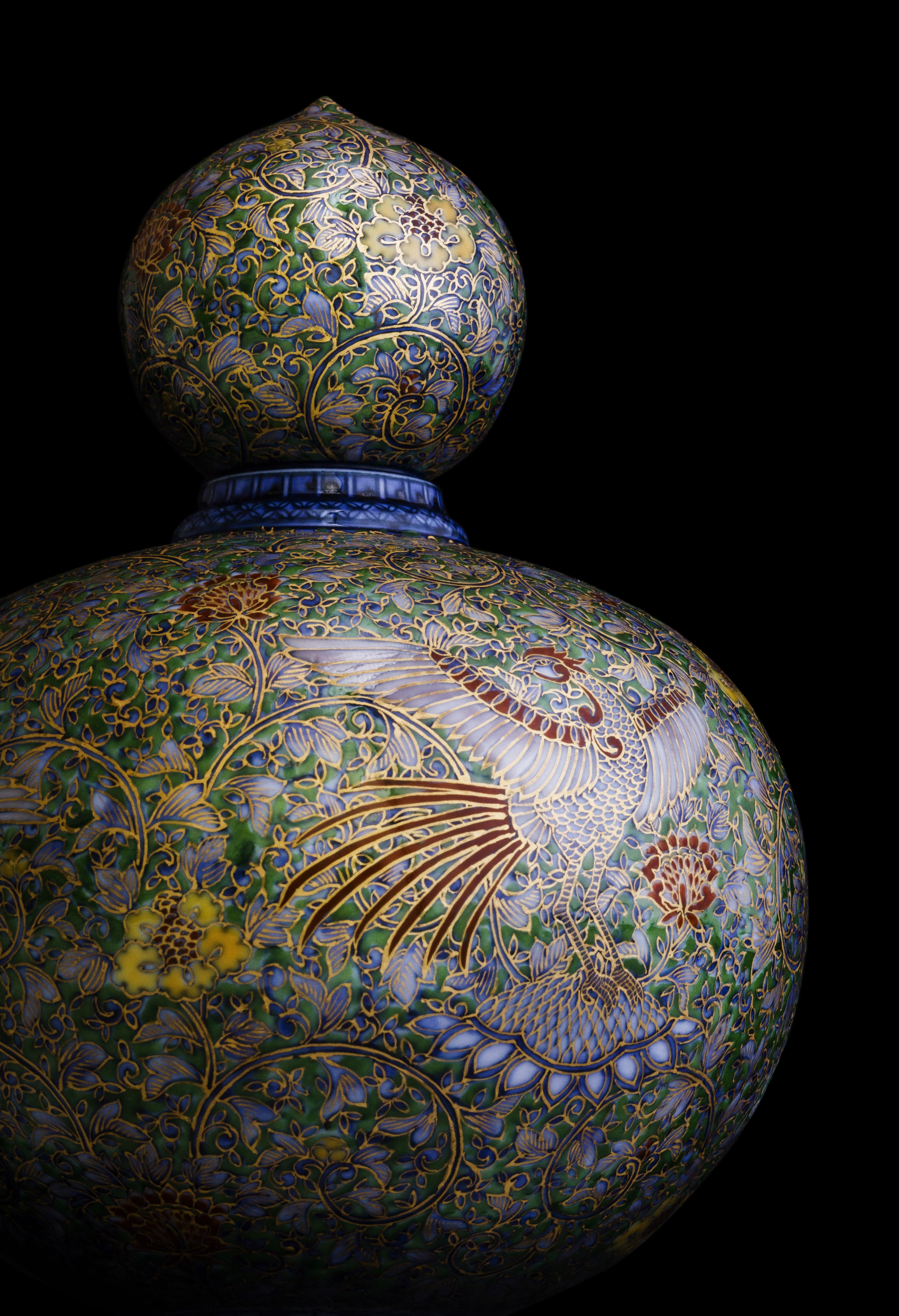
-
-
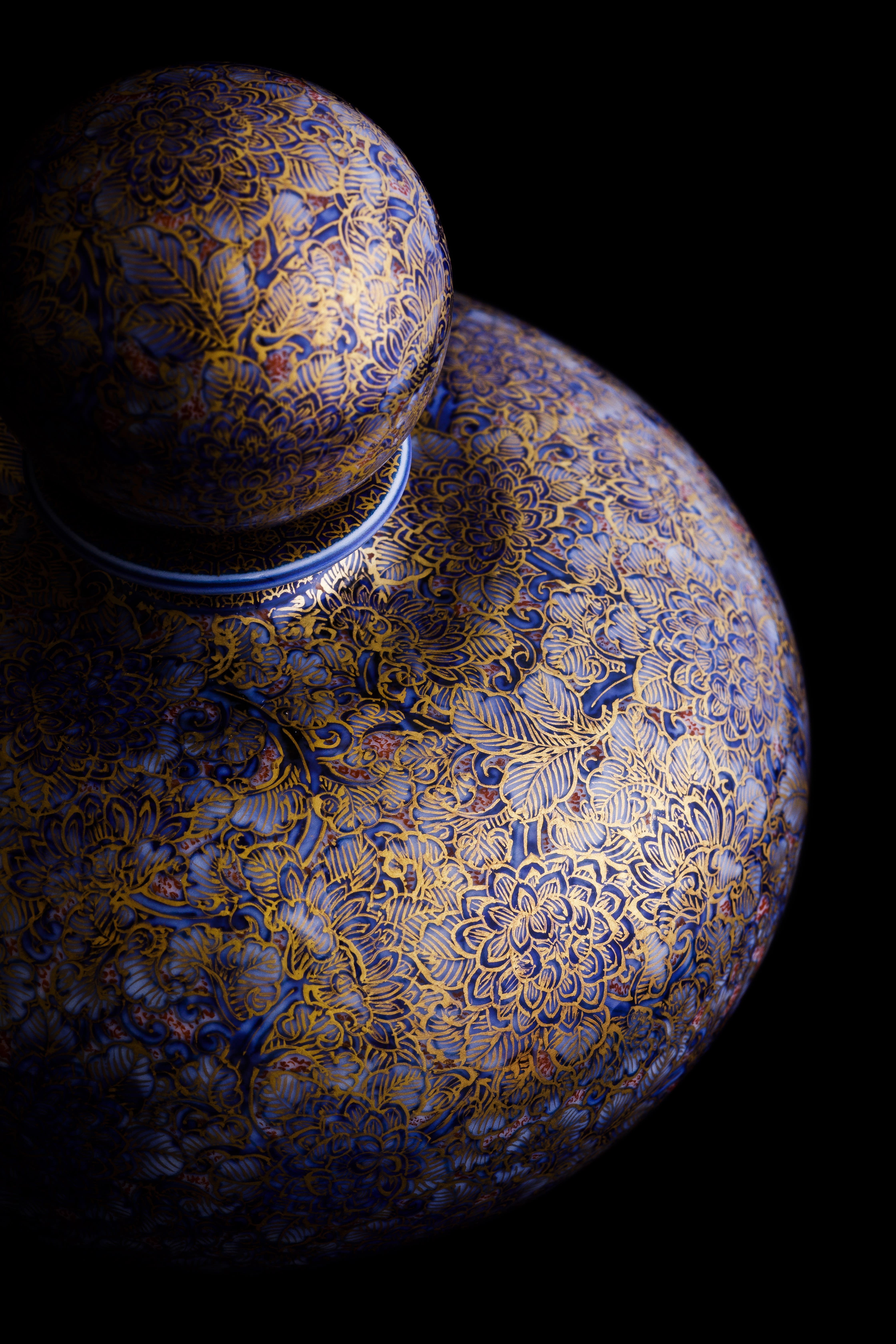
-

H4 5/8 x W4 3/8 in
H11.8 x W11.2 cm -
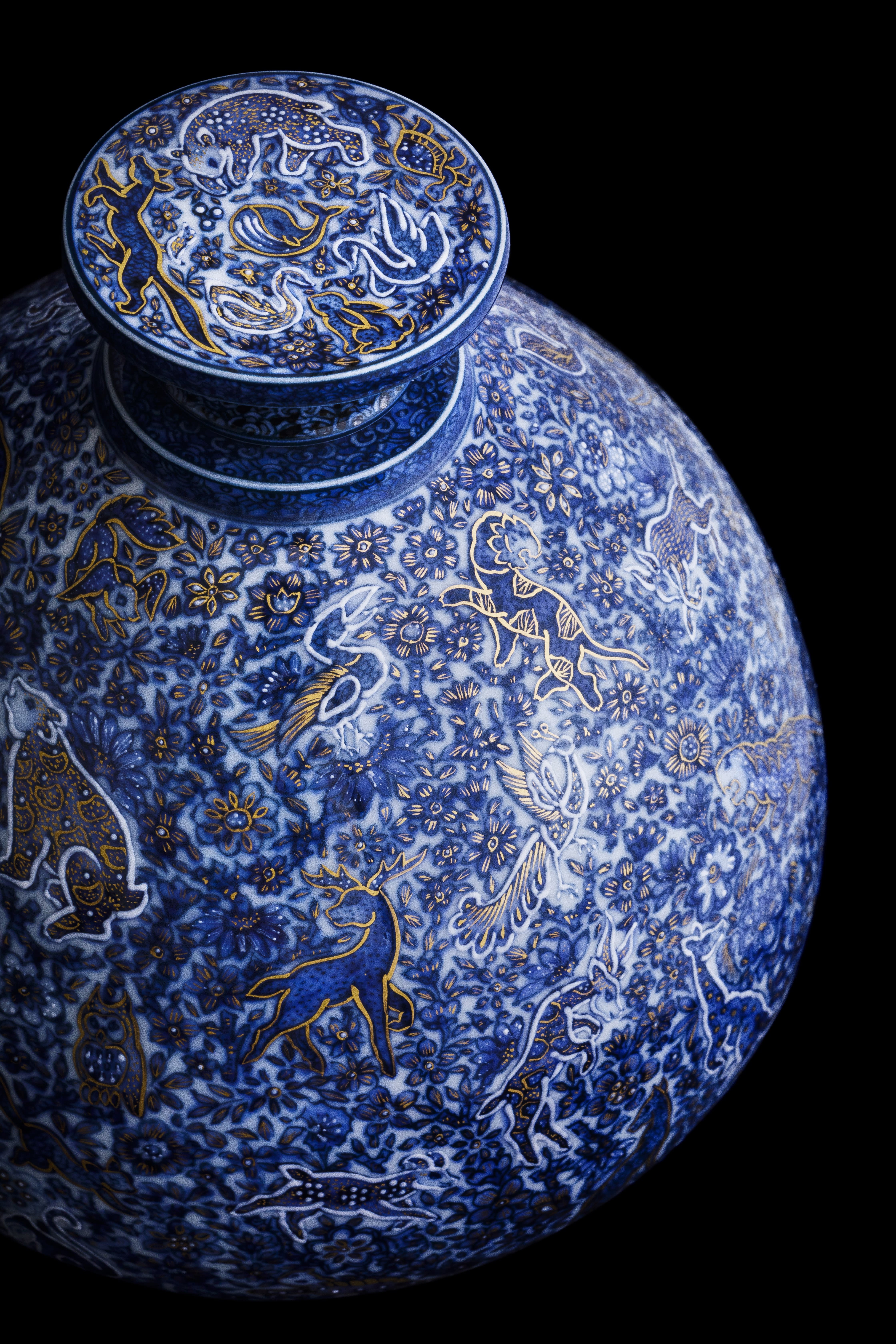
-
-
-

H5 1/4 x W2 1/2 in
H13.5 x W6.2 cm -
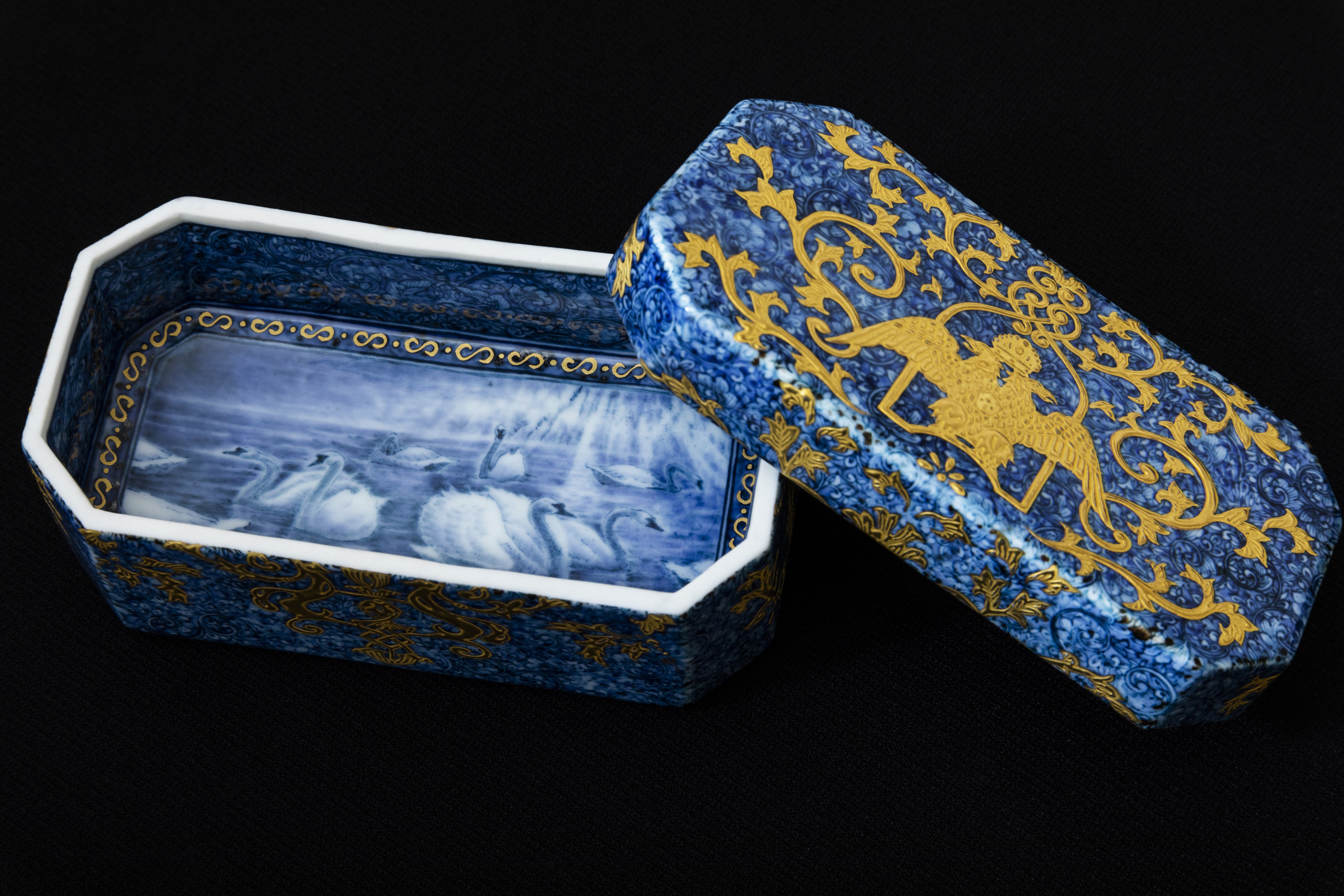
-
-
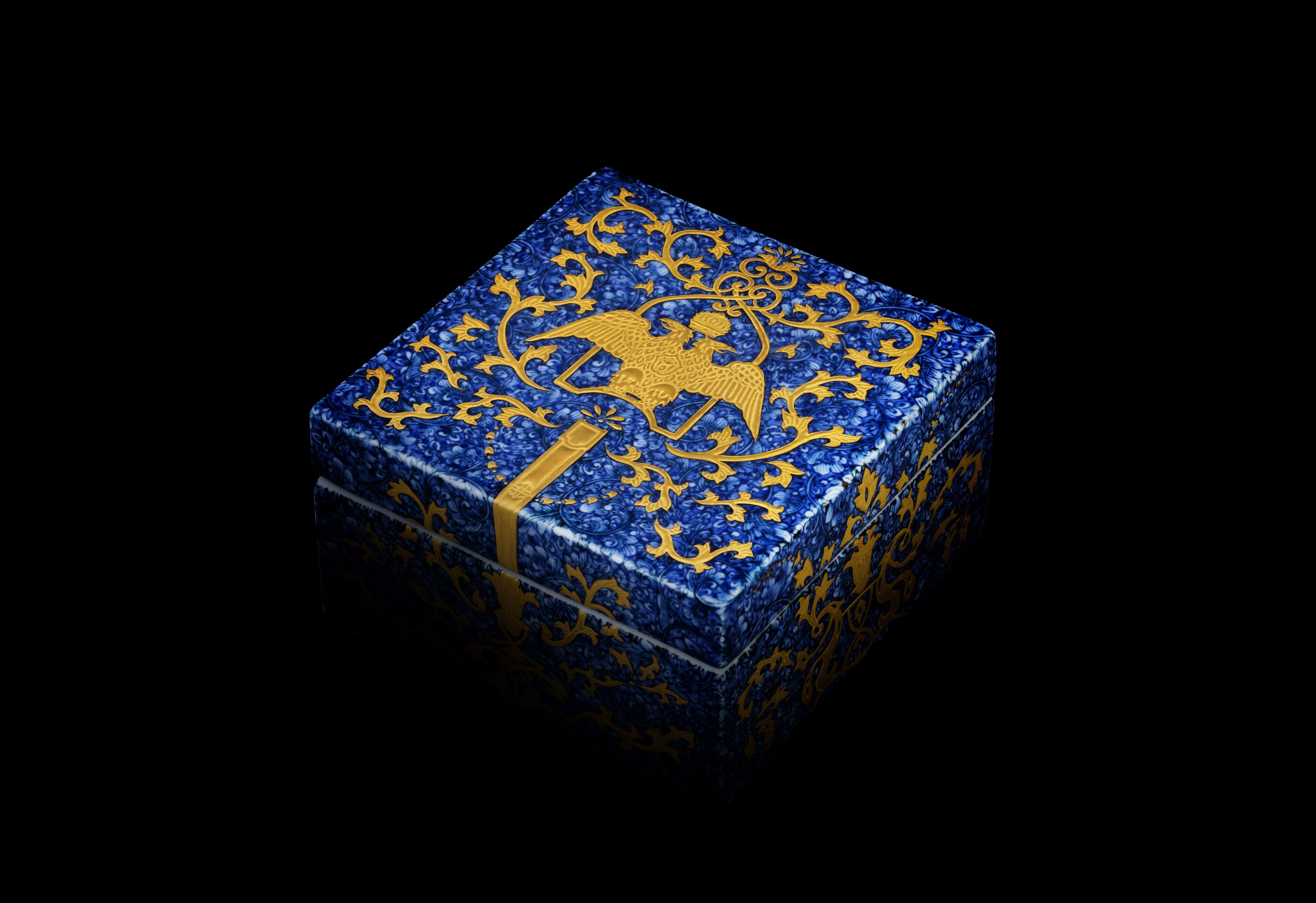
-

H2 1/8 x W3 5/8 in
H5.2 x W9.1 cm -

H1 3/4 x W5 1/2 x D2 in
H4.6 x W13.9 x D5 cm -



